Chia Seed Pudding Recipe You Will Actually Like

Chia Seed Pudding can be delicious
Looking for a fast, nutrient dense snack? Chia seed pudding is one of my favorites and this is topped with rose dukkah (pistachios and rose petals).
Let’s Revisit Chia
Chi chi chia… in my childhood when there were 4 TV channels, I remember endless commercials for the chia pet. Never in my wildest 8-year-old dreams did I imagine that it was going to be a part of my diet 40 years later. I mean seriously, I revisited it maybe around college to get one of the chia pets as a prank gift. It did occur to me then as I was just starting to think in more depth about food as medicine that it might be a cool way to make sprouts for myself… however that never went any further and neither did my relationship to chia as something to eat.
Chia seeds are the edible seeds of Salvia hispanica, a flowering plant in the mint family native to central and southern Mexico, or of the related Salvia columbariae of the southwestern United States and Mexico.
Time to explore it again!
Jump forward about 15 years later and interestingly, it had emerged as something to make “pudding” and jams with. I found this a bit outlandish until I tried it… and then perhaps for a moment, I thought this could work. However, the issue was that it always was too thin. I thought that it might be a ratio issue so I decreased the plant milk to chia ratio. Nope. That resulted in a thick mucus block that really was just not palatable. Mixing chia with plant yogurt and viola it was now a wonderful pudding consistency. So with my Ayurvedic studies, I thought about what other flavors we could add as in infusion. This recipe is a rose-infused tea that gave a wonderful flavor. I don’t add sweeteners as usually the yogurts and additional fruit is enough of the sweet taste for me but I have also been known to add some mayple syrup.


Make Your Own Flavored Plant-based “Moon Milks”
Read more about making an amazing flavored plant milks here!
Lavender Moon Milk is great with granola too!
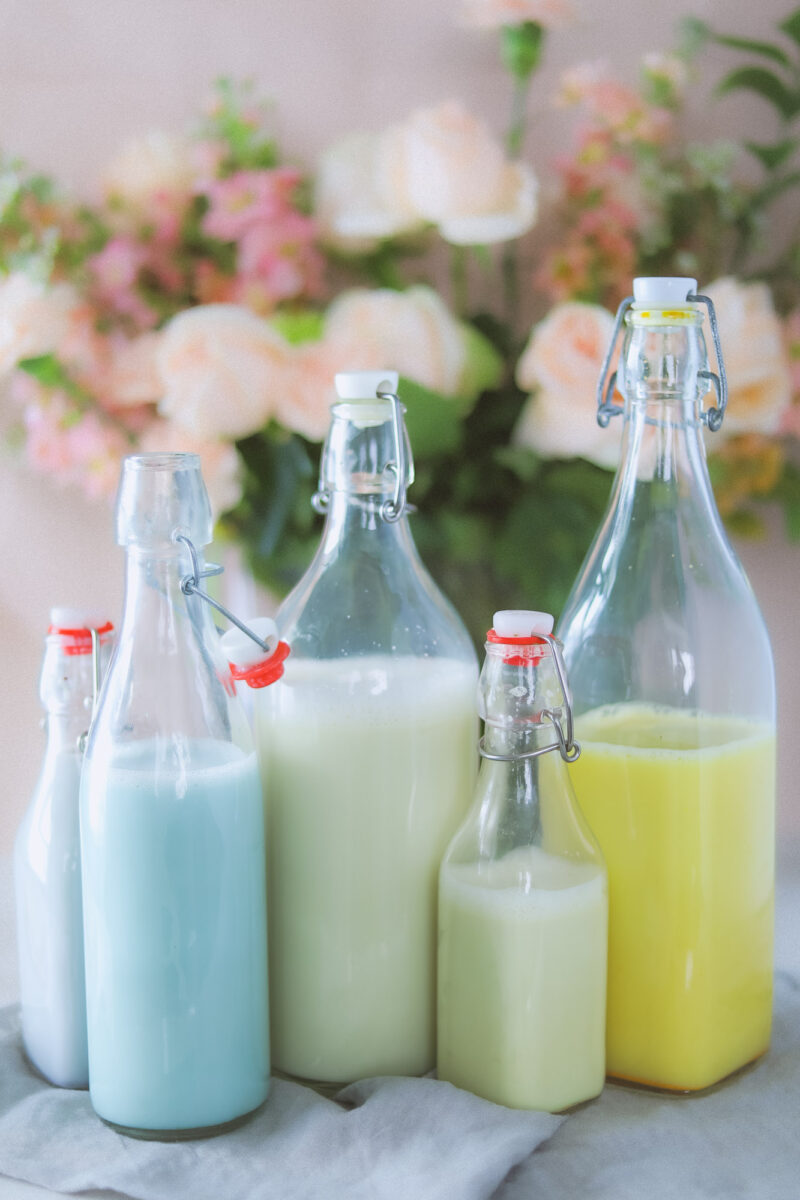

Common Issues that Come up Making Chia Pudding
Q: What can I use as a vegan alternative to dairy milk in chia pudding? A: You can use almond milk, coconut milk, soy milk, oat milk, or any other plant-based milk of your choice.
Q: How do I sweeten vegan chia pudding naturally? A: You can use maple syrup, agave nectar, or date syrup as natural sweeteners. Alternatively, you can sweeten it with mashed ripe banana or a bit of stevia.
Q: Can I use water instead of milk for vegan chia pudding? A: Yes, you can use water, but using plant-based milk enhances the creaminess and flavor of the pudding.
Q: Do I need to cook chia seeds for vegan chia pudding? A: No, chia seeds absorb liquid and thicken on their own when soaked in a liquid like milk or water.
Can I make it as good as it tasted at the restaurant?
Q: How long does vegan chia pudding need to set? A: It usually takes about 2-4 hours in the refrigerator for the chia seeds to absorb the liquid and achieve a pudding-like consistency. Overnight is often recommended for the best texture.
Q: Can I add flavors and spices to vegan chia pudding? A: Yes, you can add vanilla extract, cocoa powder, cinnamon, cardamom, or any other flavors and spices you like to enhance the taste of the pudding.
Q: How can I make my vegan chia pudding creamy? A: To make it creamier, you can blend some of the ingredients together before adding the chia seeds, or stir in a spoonful of nut butter or coconut cream.
Q: What toppings go well with vegan chia pudding? A: Fresh berries, sliced bananas, chopped nuts, shredded coconut, granola, or a drizzle of nut butter are popular toppings for vegan chia pudding.
Q: How long can I store vegan chia pudding? A: It can be stored in an airtight container in the refrigerator for up to 5 days. Stir before serving if it separates.
Q: Can I make a large batch of vegan chia pudding and freeze it? A: It’s not recommended to freeze chia pudding as the texture can change and become grainy. It’s best enjoyed fresh or stored in the refrigerator.
Free Ebook
The food we eat significantly impacts our health, but how we prepare it can also have an effect. Eating a diet high in processed foods, sugar, and unhealthy fats can lead to many health problems, such as obesity and heart disease. Furthermore, what if I told you that changing these factors could make all the difference? You can improve your health by cooking your meals with whole food and plant-based ingredients. First, grab this free recipe ebook that incorporates flavors and principles from my Ayurvedic and Lifestyle Medicine training, and it is 100% plant-based. Then let me know what you have made.
You can unsubscribe at any time. Review our privacy policy here.
Check out the nutrient data for chia seed
Share this post with others who could use inspiration to try chia seed pudding but just aren’t sure how to make it.
It is an incredibly nutrient-dense food and a great pantry staple for a busy person.
It is also gluten-free!


How do you like to use chia? Let me know in the comments!
Come Cook With Me and Learn My Favorite Kitchen Skills!
To be really honest, I’m excited to share a labor of love that has been cooking for months or perhaps years in my kitchen. I’ve made something especially for you because I know how much joy cooking can provide and the healing properties of food.
Imagine always having my favorite summer recipes accessible to you in a treasure trove spanning more than 100 pages. These aren’t simply recipes; they’re celebrations of the season’s wealth, thoughtfully chosen to satisfy your palate and nourish your body. Still, that’s not all!
I am aware of how intimidating trying new recipes or methods may be. Because of this, I’ve combined this cookbook with a fun series of culinary lessons. Together, we’ll investigate novel kitchen ideas, adding invigorating suggestions to your menu. It’s like having a helpful mentor in the kitchen, encouraging you as you pick up new abilities.
As they have become a part of my daily cooking routine, I hope these recipes and techniques will also become a part of yours. Something truly wonderful happens when you introduce new meals into your weekly routine and watch them grow to become cherished family favorites.
When you buy the workshops and related ebooks, you get more than recipes and gain new skills, confidence, and perhaps a different perspective on cooking. These methods are simple to apply, turning your kitchen into a happy place for creative expression and culinary healing.
Are you prepared to go on this delectable adventure with me? Let’s grow, learn, and cook together!


Dr. Siri Chand Khalsa’s 5-week Plant-based Cooking Course for Stanford’s Division of Immunology & Rheumatology was a spectacular addition to our wellness program. Dr. Siri Chand created an inspired line up of unique yet easy recipes which she beautifully rendered into a recipe booklet, replete with her own eye-popping food photography. She masterfully taught us to cook delicious and visually appealing dishes including sheet-pan veggies with quinoa tabouli with cilantro chutney, and root vegetable purée soup with kale sauerkraut salad. Each lesson was made even more delightful with unapologetically delicious desserts like fruit crisp and chia pudding. Dr. Sir Chand’s profound knowledge of Ayurvedic cooking, combined with her allopathic training and additional expertise in Lifestyle Medicine, offers a unique perspective on eating for vitality. She radiates passion and compassions in every session, making the experience truly enriching. Don’t miss the opportunity to learn from this culinary medicine master!
You can unsubscribe at any time. Review our privacy policy here.
Review other recent whole food posts here!
*Please note as an amazon affiliate, I earn from qualifying purchases which means I will receive a small fee if you purchase them. I have only included things I truly use. This post is for educational and informational purposes only and solely as a self-help tool for your own use. I am not providing medical, psychological, or nutrition therapy advice. You should not use this information to diagnose or treat any health problems or illnesses without consulting your own medical practitioner. Always seek the advice of your own medical practitioner and/or mental health provider about your specific health situation. For my full Disclaimer, please go here.
Leave a Reply
Get Your Copy!
Over 100 pages packed with Summer Themed Cooking Tips and recipes
Purchase
the guide →

Get On The List
Sign up for information about a whole foods plant-based lifestyle, future classes and updates.
FIND EASE IN THE KITCHEN


Join me for long form instruction where you can dive into my and hear my perspectives as a cook and doctor!
YOutube
Frankly, not too much time here HOWEVER if you tweet at me I'll respond.
Let's collaborate. Here is where you can review my educational background and certifications.
Linked in
Join in this private facebook group where I share daily recipes and videos to enjoy the kitchen.
Facebook group
I've been saving all my favorites for the last 10 years into boards for you!
Here is where you can quickly find all my favorite recipes as well as lifestyle techniques for vitality.
Let's Connect on Social Media
Click on the icon




My favorite plant-based recipes sent to your inbox.
Free Ebook
○ 10 PLANT-BASED RECIPES
with an Ayurvedic Focus
○ SPICE CABINET INTRODUCTION
○ HOMEMADE CHAI & GOLDEN MILK Recipes

By joining, you'll get this exclusive ebook for free and be added to our newsletter. You can unsubscribe at any time. Privacy Policy.

Plant focused recipes that are oriented to bring you to a deeper relationship to spices and flavor. Recipes I make every week.
Get your spice cabinet together in this new found joy of cooking where you may need a few new spices and herbs for your meals.
Recipes that we are always asked for. Like walking or brushing our teeth, these recipes nourish us everyday.
My favorite plant-based recipes sent to your inbox.
Free Ebook
○ 10 PLANT-BASED RECIPES
with an Ayurvedic Focus
○ SPICE CABINET INTRODUCTION
○ HOMEMADE CHAI & GOLDEN MILK Recipes

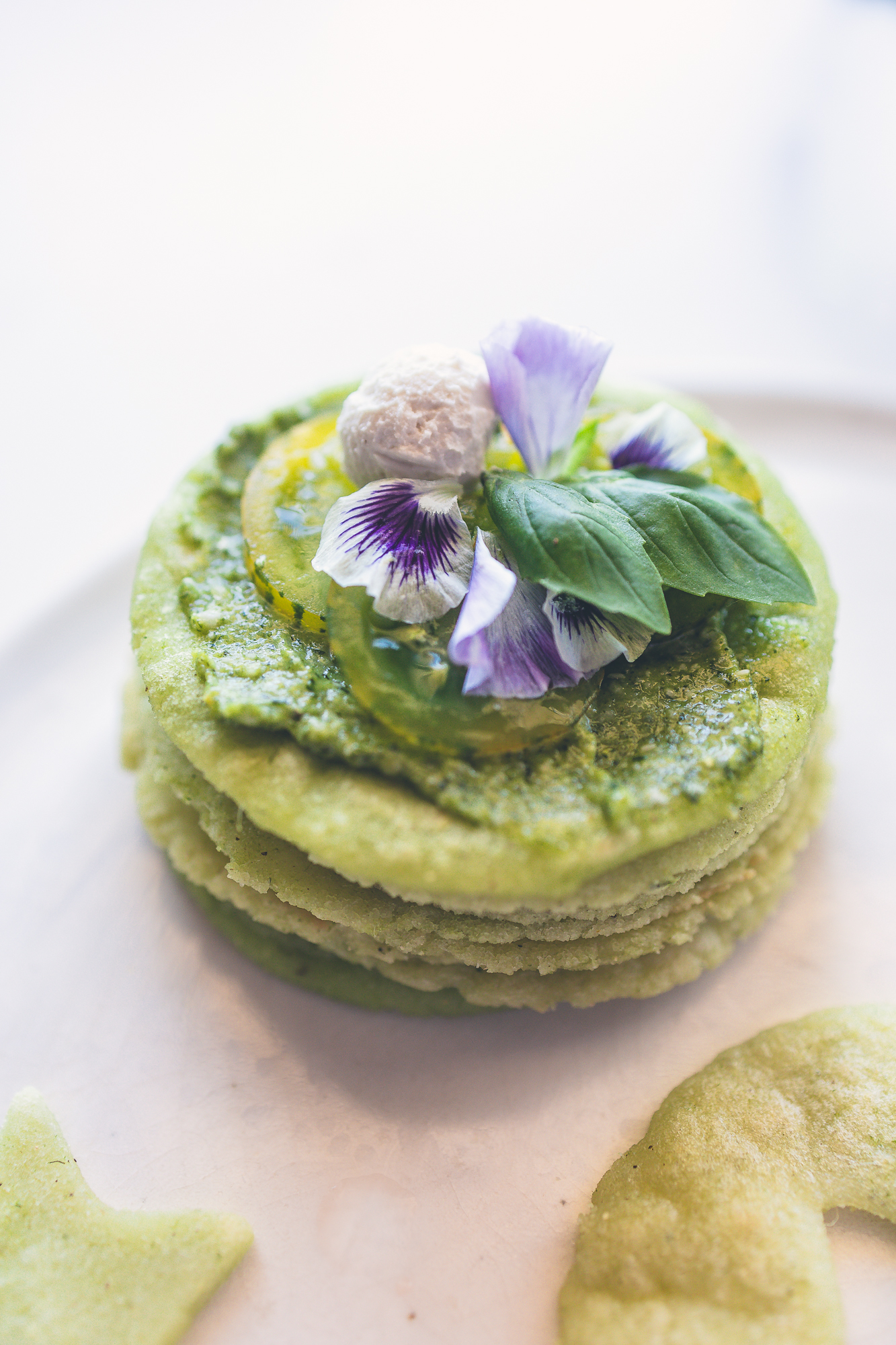




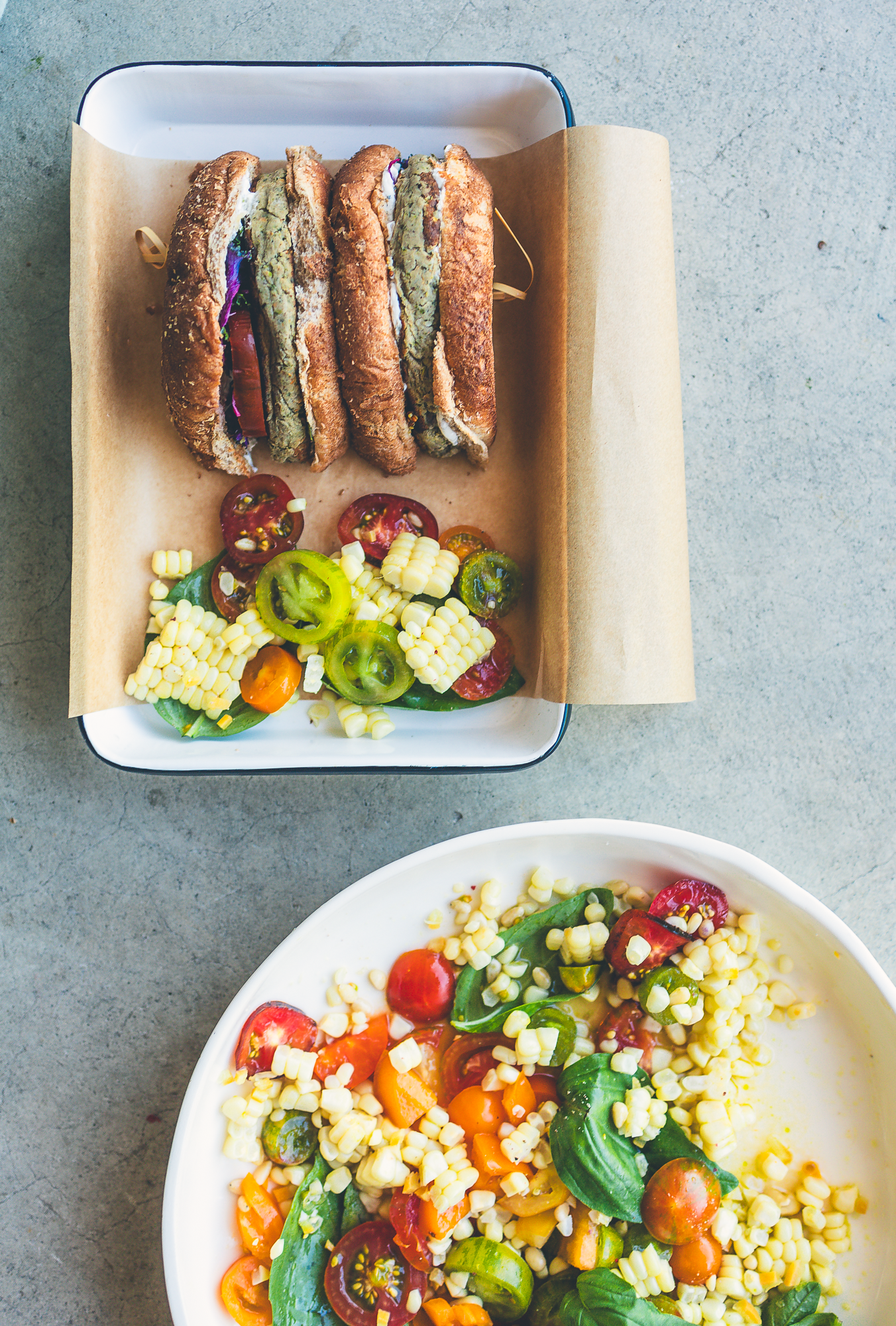
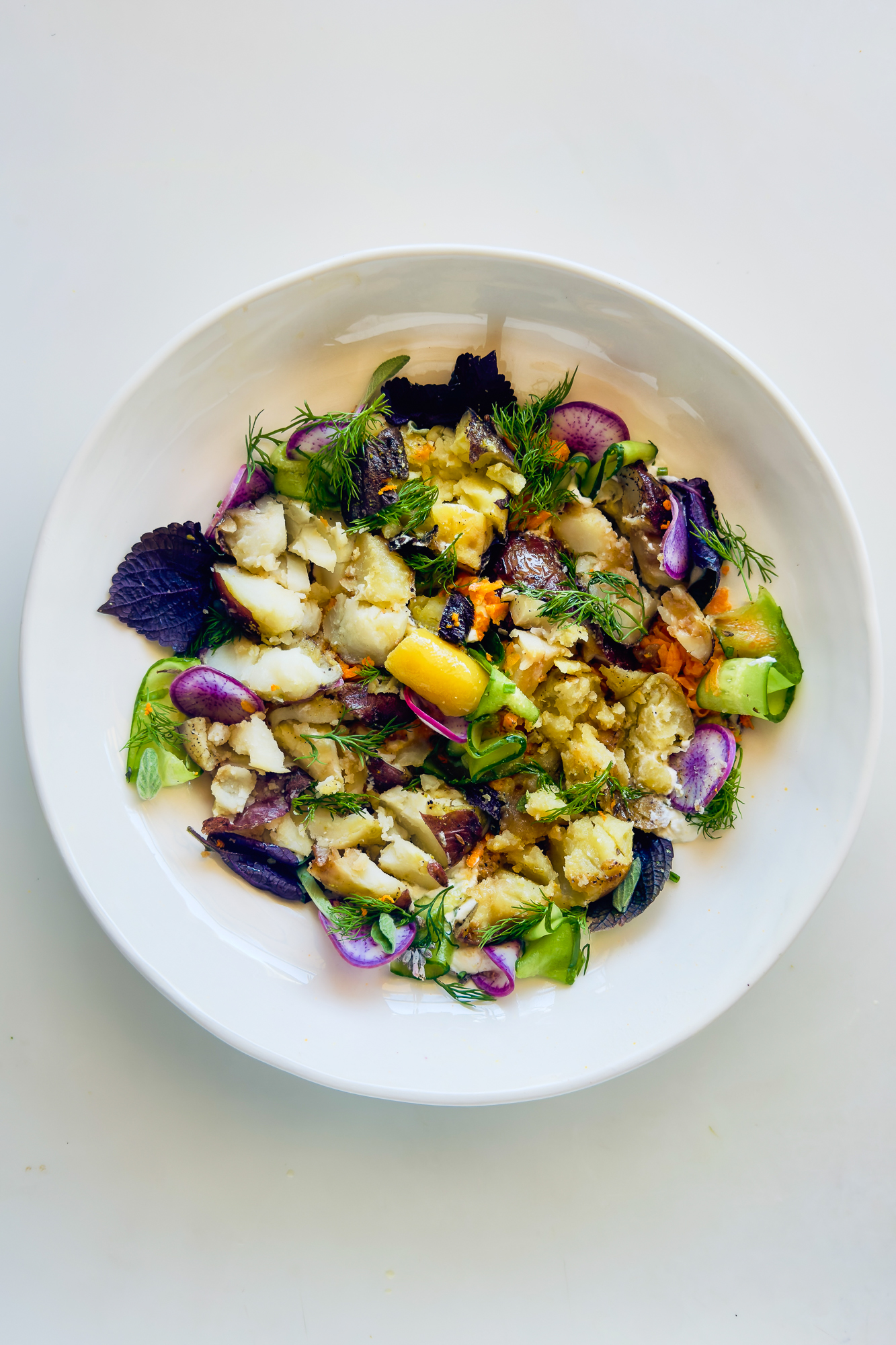
















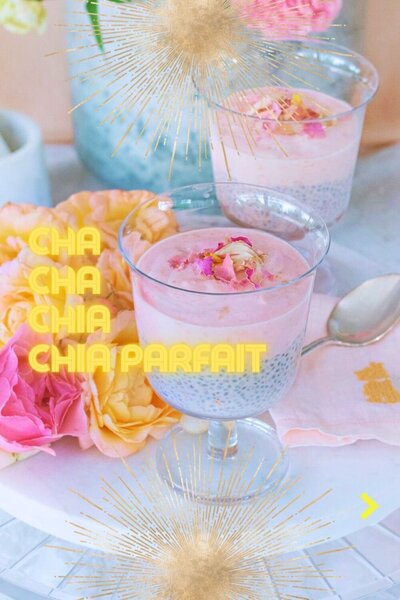





Be the first to comment